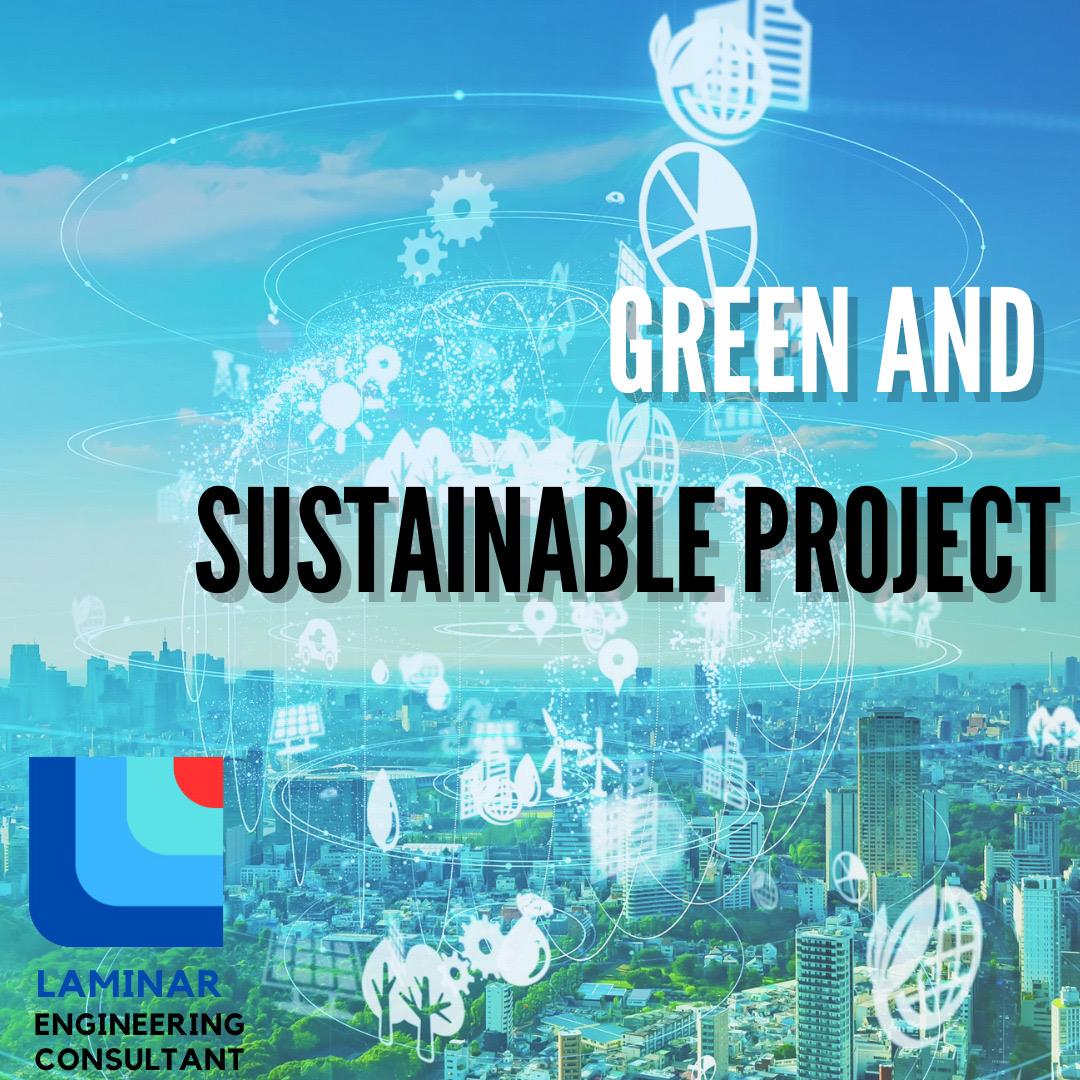Completing projects quickly and with high quality has become common practice for workers in the engineering field. Supported by optimal cost allocation and just-in-time scheduling, a project’s progress can move more rapidly. Additionally, construction companies and consultants need to account for the risks that may arise from the project’s construction.
The factors considered as risks, namely Nature, Economy, Well-being, and Society, are often abbreviated as NEWS. The potential risks associated with each factor should be a major concern for both companies and consultants.
First, the Nature factor: construction activities can cause pollution such as dust, waste from leftover building materials, tree cutting, and abundant construction waste.
Next, the Economy factor: usually, if there is a project development plan, the surrounding land will be affected. This land, which might have been utilized by local residents, eventually becomes unavailable, potentially causing economic harm to them.
Then, the Well-being factor: local residents may feel that the workforce for the project should come from among them rather than the experts prepared by the company and consultants.
Lastly, the Society factor: during the land clearing process, local residents are disturbed by noise, and several roads are closed or diverted.
After learning about potential risks during project execution, companies need to plan mitigation activities to address them. This requires thorough handling as it can impact the continuity of the construction and, in the worst case, lead to the project’s halt. Here, innovation and critical thinking from an Engineering Consultant are needed to help solve the problems that the construction company might face or is currently facing.

